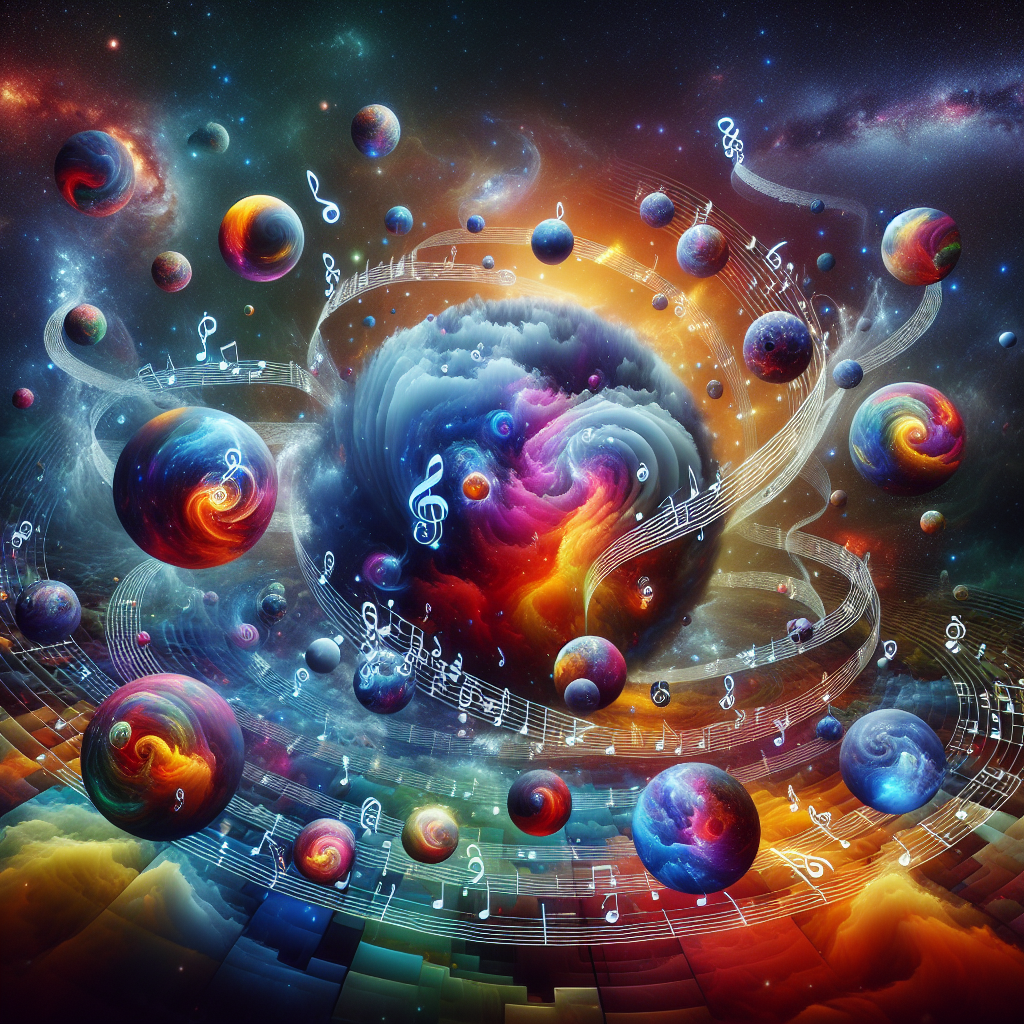Introduction to Musical Universe Building
In recent years, the concept of musical universe building has emerged as a groundbreaking trend in the music industry. This strategy involves artists not just releasing albums or singles, but crafting expansive, interconnected worlds through their music, visuals, and merchandising. This approach is transforming how fans interact with music and its associated cultural products.
Understanding Musical Universe Building
At its core, musical universe building is about creating a rich, multi-layered experience that extends beyond the music itself. Artists like Beyoncé with her visual albums and Travis Scott with his virtual concerts are pioneers of this trend. These artists have set benchmarks on how music can be part of larger narratives, encompassing elements like digital media, physical spaces, and even interactive platforms.
The Components of a Musical Universe
Visuals and Storytelling
One of the key components of musical universe building is the use of visuals to enhance storytelling. Music videos, album covers, and concert visuals are designed not just to entertain but to add depth to the music, creating a storyline that fans can follow. For instance, albums like “Lemonade” by Beyoncé utilize visuals to tell a powerful, cohesive story that complements the album’s themes of empowerment and personal struggle.
Merchandising and Brand Partnerships
Merchandising has also become a crucial element in musical universe building. Artists are now creating lines of merchandise that are not just promotional but integral to the experience of the music universe. Limited edition apparel, collectibles, and even collaborations with brands help in cementing the artist’s narrative in everyday life.
Interactive Experiences
Interactive experiences such as online games, AR filters, and VR concerts are pushing the boundaries of how audiences can interact with music universes. Travis Scott’s virtual concert in Fortnite is a prime example, where millions experienced his music in a completely immersive digital environment, blurring the lines between reality and the musical narrative.
Case Studies in Musical Universe Building
Several artists have excelled in creating compelling musical universes:
- Kanye West: Known for his ambitious projects, Kanye’s “Donda” listening events were multimedia experiences that combined music, fashion, and art, creating a unique narrative around his album.
- Taylor Swift: Swift’s meticulous attention to lyrical details and Easter eggs across her albums creates a connected universe that fans love to explore and decipher, enhancing the engagement with her music.
Impact on the Music Industry
The trend of musical universe building is significantly impacting the music industry. It has changed how music is marketed and consumed, encouraging artists to think of albums as just one part of a larger cultural product. This has opened new revenue streams and marketing strategies that go beyond traditional album sales and concerts.
Challenges and Considerations
While the benefits are clear, there are challenges in musical universe building. The complexity of creating a multi-faceted universe requires more investment and creativity. There is also the risk of alienating fans who may prefer traditional music consumption over immersive or interactive experiences.
Conclusion
As we move forward, musical universe building is likely to become more prevalent, with artists leveraging technology and cross-media partnerships to create richer, more engaging musical narratives. This trend is not just reshaping the music industry but also how we experience music as a dynamic and immersive form of art.
Is your favorite artist creating a musical universe? If not, they might soon jump on this transformative trend.


